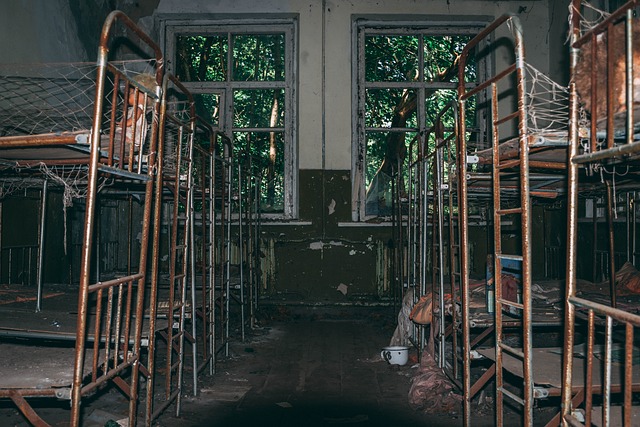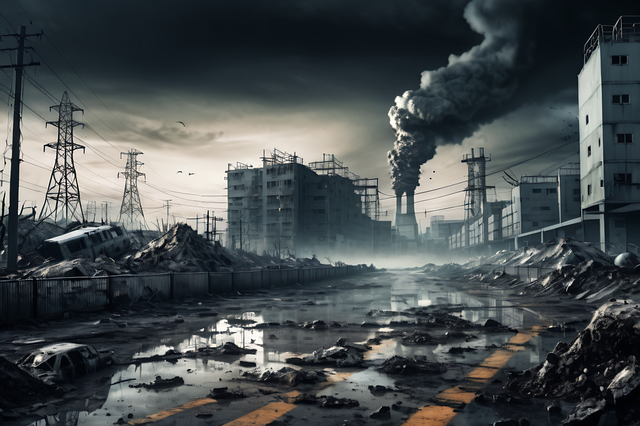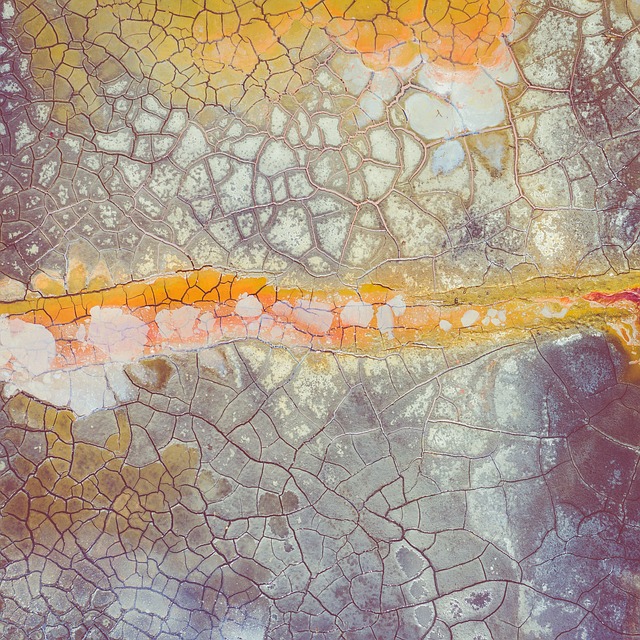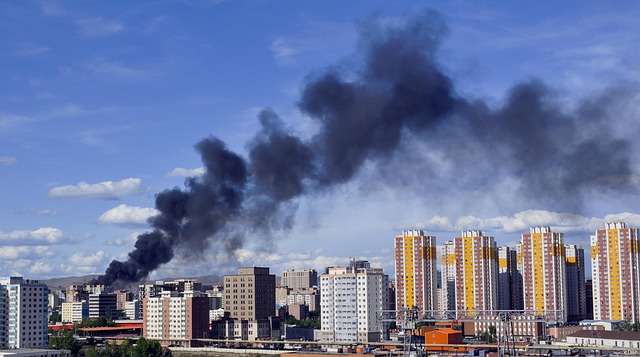In real estate, addressing environmental threats through proactive strategies like green building practices, smart technology integration, and adaptive planning is crucial for sustainable property management and investment. By reinforcing infrastructure against natural disasters and mitigating pollution impacts, real estate professionals create more durable and valuable assets while contributing to community sustainability. Global case studies demonstrate successful techniques that have revitalized vulnerable communities, such as elevated buildings in Miami to combat rising sea levels and Japan's reinforcement of historical structures.
In today’s digital era, understanding environmental threats is paramount for real estate professionals. This article delves into the critical issue of reinforcing structures to mitigate ecological hazards, offering a comprehensive guide. We explore strategies tailored for various environments and present compelling case studies showcasing successful reinforcement techniques in practice. By implementing these insights, real estate stakeholders can enhance property resilience and ensure sustainable investments.
Understanding Environmental Threats in Real Estate

In the real estate sector, understanding environmental threats is more than just a niche concern; it’s a critical aspect of sustainable property management and investment. Environmental hazards can range from natural disasters like floods and earthquakes to man-made challenges such as pollution and climate change impacts. For instance, in coastal areas, rising sea levels pose a significant risk to both residential properties and commercial real estate, necessitating robust infrastructure reinforcement. Similarly, urban centers face threats like air and water pollution, which not only affect the health of occupants but also devalue assets over time.
Real estate professionals must be adept at assessing these risks and implementing appropriate strategies for mitigation. This includes adopting green building practices, enhancing structural resilience, and planning for adaptive measures. By integrating sustainable design principles and focusing on long-term resilience, real estate developers and owners can create more durable and valuable properties that better withstand environmental challenges. Such proactive approaches not only safeguard investments but also contribute to the overall sustainability of communities.
Strategies to Strengthen Structures Against Ecological Hazards

In the face of mounting environmental threats, the real estate sector must adapt and reinforce structures to ensure resilience and sustainability. One key strategy involves integrating eco-friendly materials and designs that can withstand natural hazards such as extreme weather events, earthquakes, and floods. Architects and builders are increasingly adopting green building practices, including using sustainable materials like bamboo, recycled steel, and energy-efficient insulation, which not only reduce a structure’s environmental footprint but also enhance its structural integrity.
Additionally, implementing smart technology and advanced monitoring systems can significantly strengthen structures against ecological hazards. These technologies enable real-time data collection and analysis, allowing for proactive measures to be taken during potential threats. For instance, sensors can detect early signs of damage or shifting ground, triggering alerts that facilitate swift responses and minimal structural loss. Such innovations not only safeguard properties but also contribute to a more adaptable and resilient urban landscape.
Case Studies: Successful Reinforcement Techniques in Practice

In the realm of real estate, addressing environmental threats through structure reinforcement is not just a consideration but a game-changer. Case studies from around the globe highlight successful techniques that have transformed vulnerable communities and ecosystems. For instance, coastal cities like Miami have implemented elevated and reinforced buildings to mitigate the impact of rising sea levels and increased storm surges. These structures not only protect properties but also preserve the vibrant tapestry of coastal communities.
Another notable example is the rehabilitation of historical structures in areas prone to natural disasters. In Japan, traditional timber frames have been reinforced with modern materials to withstand earthquakes, showcasing a beautiful marriage between preserving architectural heritage and enhancing structural integrity. This approach ensures that iconic landmarks remain standing for future generations while offering safe havens during environmental crises.






